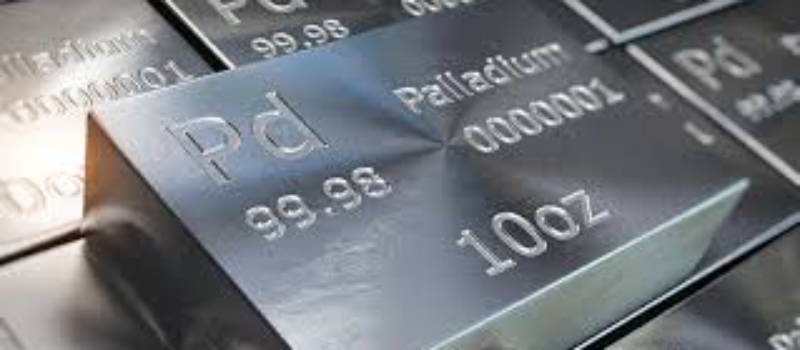ENEPIG Plating
ENEPIG Plating, the universal plating method has lately emerge as the most sought after by users and PCB manufacturers alike for Gold ball wire bonding. This plating method uses Electroless Nickel, Electroless Palladium, and Immersion Gold, also known as ENEPIG, and is popular on account of offering the best compromise between cost and ease of manufacturing.
For Gold ball wire bonding, universal plating method offers very good soldering ability and excellent wire.ENEPIG plating offers the user a typical Nickel layer of thickness 100-150 µin over Copper layer, follow by layer of Palladium of thickness 4-10 µin, over which there is a layer of Gold 1-2 µin t
Testing is simple with a shear test on a ball bump after attaching it to the PCB Assembly, If the ball comes off cleanly or it exposes the Palladium layer, the plating has fail the test.However, the plating process passes the test only if the ball leaves some residual gold behind.
ENIG or the Electroless Nickel/Immersion Gold plating process offers the twin advantages of low cost and good wetting ability. It also has other abilities such as meeting small form factors with finer lines, smaller pitch, and high routing densities. However, the ENIG process exhibits black pad issues, and Is therefore incompatible with the thermosonic Gold ball bonding process.
Electrolytic Nickel and electrolytic Gold offer excellent wire bonding performance. However, this method has high process costs, poor solder joint reliability due to the high amount of Gold present, and bad co-planarity, which limits its capability to form high feature densities.
The ENEPIG or universal plating method overcomes all the above problems. The addition of a Palladium layer between the Nickel and Gold layers solve the black pad issue, by preventing the hyper corrosion of Nickel during the Gold plating process.
The standard Gold ball bonding process involves a bond wire and consists of a ball bond and a stitch bond. Generally, the bonding making stitch bonds more susceptible to non-sticking due to plating quality or surface contamination in comparison.
Gold, being a soft metal, needs to be present in sufficient thickness to create a good wire bond. Inadequate thickness of Gold can result in degradation of pull strength with the underlying metal being scrap off. A thick Gold deposit has a cushioning effect on the bond, producing a bond of superior strength.




